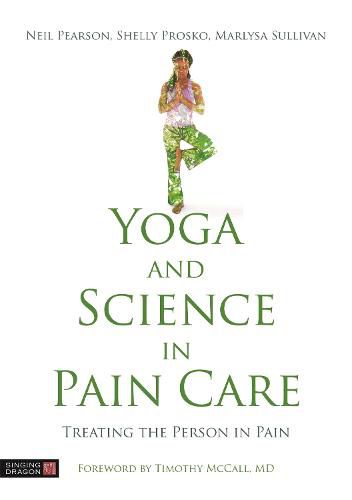Readings Newsletter
Become a Readings Member to make your shopping experience even easier.
Sign in or sign up for free!
You’re not far away from qualifying for FREE standard shipping within Australia
You’ve qualified for FREE standard shipping within Australia
The cart is loading…






The book takes an integrated approach to pain rehabilitation and combines pain science, rehabilitation and yoga with evidence-based approaches from respected contributors. They demonstrate how to integrate the concepts, philosophies and practices of yoga and pain science in working with people in pain. An essential and often overlooked part of pain rehabilitation is listening to, working with, learning from, and validating the person in pain’s lived experience. The book expounds on the movement to a more patient-valued, partnership-based biopsychosocial-spiritual model of healthcare where the patient is an active and empowered participant, as opposed to a model where the healthcare provider is ‘fixing’ the passive patient. It also explains how practitioners can address the entire human being in pain, and how to include the person as an expert for more effective and self-empowered care.
$9.00 standard shipping within Australia
FREE standard shipping within Australia for orders over $100.00
Express & International shipping calculated at checkout
The book takes an integrated approach to pain rehabilitation and combines pain science, rehabilitation and yoga with evidence-based approaches from respected contributors. They demonstrate how to integrate the concepts, philosophies and practices of yoga and pain science in working with people in pain. An essential and often overlooked part of pain rehabilitation is listening to, working with, learning from, and validating the person in pain’s lived experience. The book expounds on the movement to a more patient-valued, partnership-based biopsychosocial-spiritual model of healthcare where the patient is an active and empowered participant, as opposed to a model where the healthcare provider is ‘fixing’ the passive patient. It also explains how practitioners can address the entire human being in pain, and how to include the person as an expert for more effective and self-empowered care.